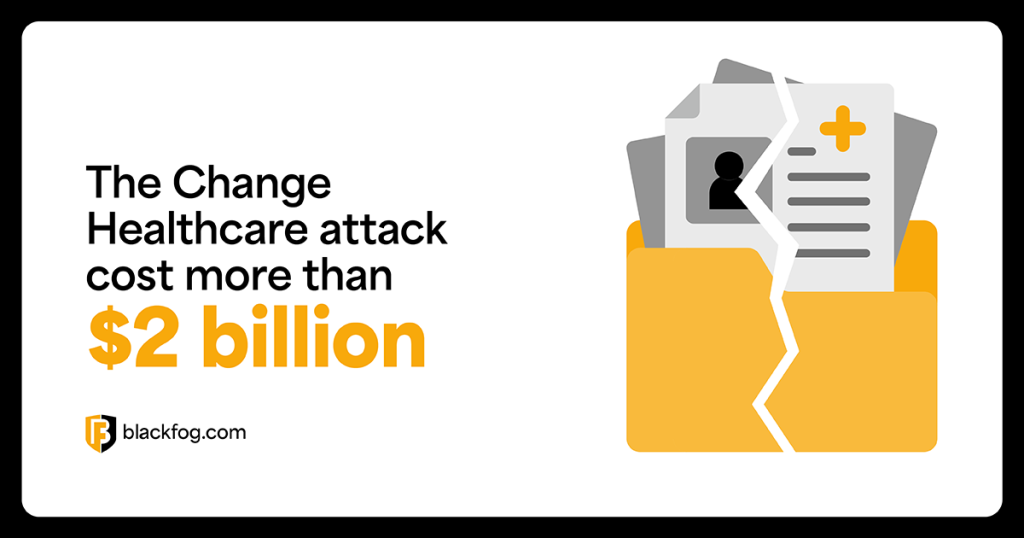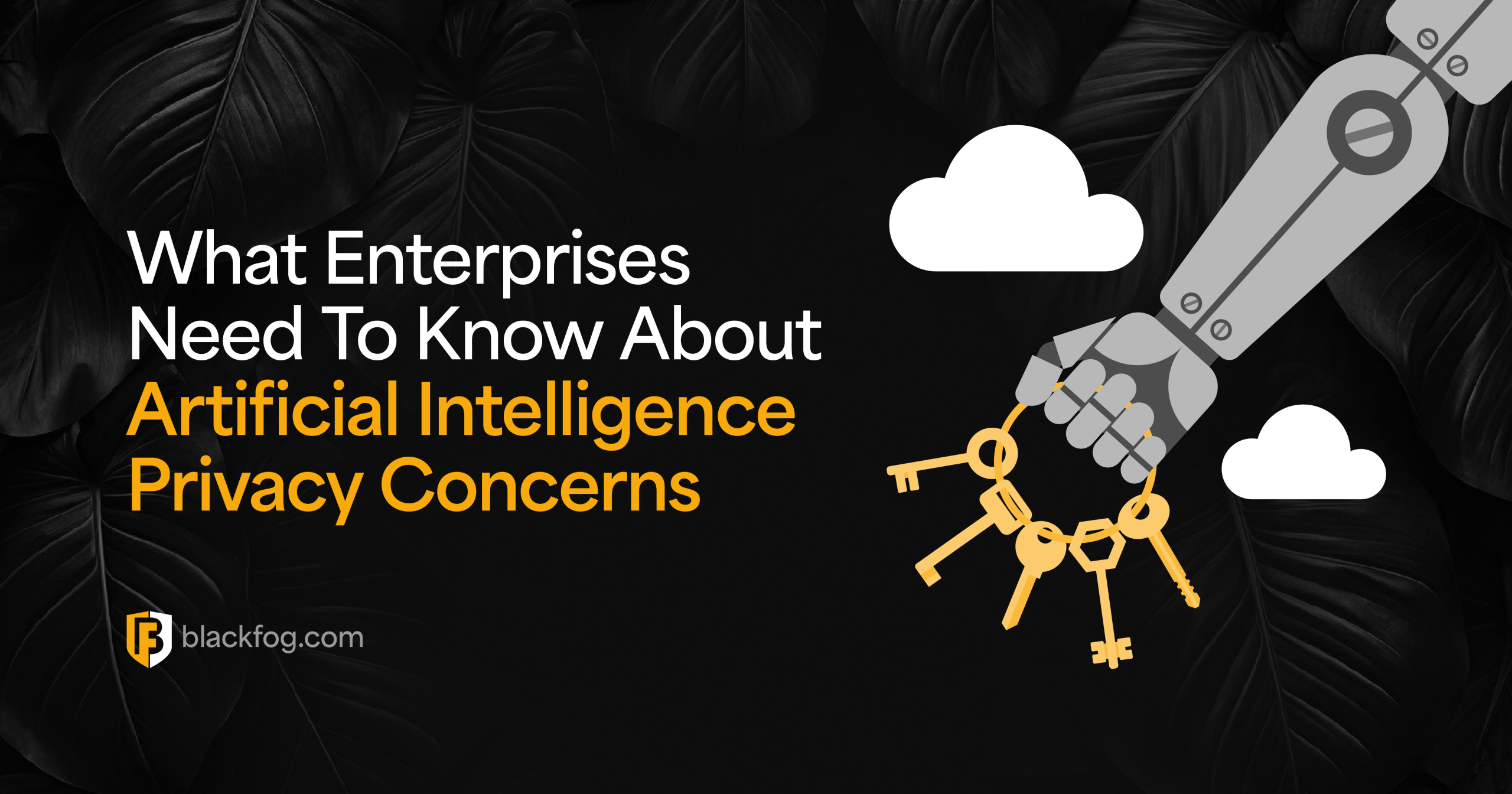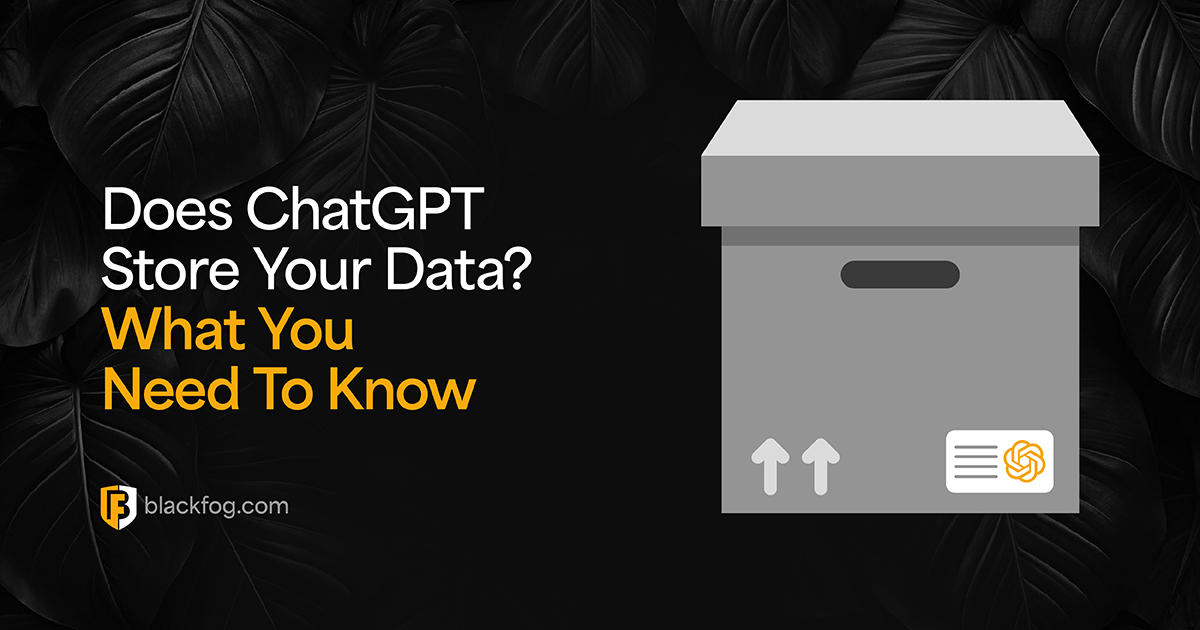
Data Protection Management: Building a Resilient Data Security Framework
Data is one of the most valuable assets a business holds, but it’s also one of the most vulnerable. Whether it’s deliberate, targeted hacking attacks, or accidental data leakage caused by poor data protection measures or inadequate employee training, the loss of this information can cause a wide range of issues.
High-profile breaches in recent months have shown the scale of the risk. In 2024, the Change Healthcare attack exposed over 100 million patient records and cost more than $2 billion, while Ticketmaster saw 560 million users affected in a separate breach that damaged its reputation globally. So far this year, UK retailers like Marks & Spencer and the Co-op have also come under disruptive ransomware attacks, highlighting how the problem affects brands across every sector.
These incidents highlight the need for a clear and proactive data leakage mitigation strategy. Without one, the financial, legal and operational consequences can be severe. Data protection management plays a key role in safeguarding information across its lifecycle, helping businesses stay secure, compliant and resilient.

What is Data Protection Management?
Data protection management refers to the policies, processes and technologies used to safeguard sensitive information throughout its entire lifecycle. This means protecting data from the moment it is created or collected, through storage, sharing and use, right up to secure deletion.
It is not a single tool or one-off task. Effective data protection management is a holistic, continuous approach that covers the entire business. This includes people, systems and infrastructure. A security-first posture should be embedded across all departments and workflows to reduce the risk of both accidental exposure and deliberate attacks.
Whether it’s a misdirected email, misconfigured networking solutions or a sophisticated ransomware attack, the goal of data protection management is the same: to prevent unauthorized access, maintain integrity and ensure critical assets stay protected against both internal and external threats.
6 Core Elements of Effective Data Protection Management
Creating a strong data protection management strategy means understanding that there’s no one-size-fits-all solution to cybersecurity. It involves multiple moving parts that must work together to protect sensitive information. From how data is classified and accessed to how it is stored, backed up and monitored, each element plays a role in reducing risk and ensuring compliance. Neglecting even one area can leave gaps that attackers or errors can exploit. Here are six key elements no data protection strategy should be without.
1. Data Classification
Classifying data involves identifying and categorizing information based on its sensitivity, value and importance to the mission. This helps prioritize protection efforts and ensures that critical assets receive the highest level of security. Without proper classification, sensitive data may go unprotected or be shared inappropriately, especially in complex, hybrid environments where valuable data may reside on third-party cloud services or employee-owned devices, increasing the risk of accidental leaks, non-compliance or targeted attacks.
2. Policy Enforcement
Policy enforcement ensures that rules for data handling are clearly defined and then consistently applied across users and systems. This includes setting clear rules for access, usage and sharing guidelines to ensure all data privacy requirements are being respected. Without strong enforcement, even well-written policies can be ignored or forgotten, leaving firms vulnerable to accidental exposure or security gaps caused by inconsistent user behavior.
3. Access Control
Access control limits who can view or modify data based on their role and necessity. Using principles like least privilege, firms can reduce exposure by restricting access to only those who need it. Without this, insider threats or compromised credentials can result in wide-reaching data breaches that could have been prevented. Tools like multifactor authentication and constant monitoring for suspicious login attempts are vital in this effort.
4. Backup and Recovery
Regularly backing up data and testing recovery processes ensures businesses can quickly restore operations after loss or compromise. This is vital for resilience against ransomware, accidental deletion or system failure. Without reliable backups, firms risk permanent data loss, costly downtime and reputational damage that may take years to repair. A clear plan for this should define objectives for how quick recovery needs to be and how much data loss is acceptable, as well as setting out how backups themselves should be protected from unauthorized access or malware.
5. Ensuring Compliance
Data protection practices must align with legal and regulatory frameworks such as GDPR or HIPAA. This involves understanding what data is covered, how it must be stored, who can access it and how it may and may not be used. Poor compliance exposes organizations to fines, legal action and loss of trust, even if no breach occurs. GDPR, for example, can issue fines of up to €20 million or four percent of global turnover for poor data handling practices – whichever is higher.
6. Monitoring and Reporting
Ongoing monitoring tracks data access, usage and movement, helping detect suspicious activity early. Reporting supports audits, incident response and long-term strategy. Without visibility into what is happening across systems and endpoints, firms are effectively blind to threats and may not spot a breach until after damage is done. This should include dedicated endpoint protections such as anti data exfiltration (ADX) solutions that can look for unusual behavior and act automatically without human oversight to block data leakage or theft.
Taking a Strategic Approach to Data Protection
Strong data protection management is essential for safeguarding sensitive information, maintaining compliance and building trust with customers, partners and regulators. It ensures a more proactive approach to security, as well as better resilience and accountability across the business.
To strengthen your approach, focus on:
- Classifying data based on sensitivity and risk
- Enforcing least-privilege access controls
- Backing up critical systems and testing recovery regularly
- Monitoring for unusual behavior across all endpoints
- Aligning practices with regulatory requirements
Making these steps part of your ongoing strategy helps reduce risk and protect data across the business.
Share This Story, Choose Your Platform!
Related Posts
What Enterprises Need To Know About Artificial Intelligence Privacy Concerns
The use of generative AI in the workplace gives rise to a range of Artificial Intelligence privacy concerns. What do cybersecurity leaders need to know when adopting these tools?
Answering Key GenAI Security Questions: Are ChatGPT Conversations Private?
Do you know how private your ChatGPT conversations really are? Here's what cybersecurity pros and IT admins should know about the tool.
Does ChatGPT Store Your Data? What Every Business Needs To Know
Understanding how tools like ChatGPT store your data is critical for the secure use of GenAI - here's what to know.
Why Enterprise ChatGPT Isn’t A Silver Bullet For AI Security
What cybersecurity considerations should businesses take into account if they plan to adopt Enterprise ChatGPT as a generative AI tool?
Could An OpenAI Data Breach Expose Your Firm’s Secrets?
Have you considered what damage an OpenAI data breach could potentially do to your business?
Understanding Generative AI Risks For Businesses
What generative AI risks will businesses need to be mindful of in the coming year to prevent issues such as data leakage, inaccurate results or compliance challenges?






